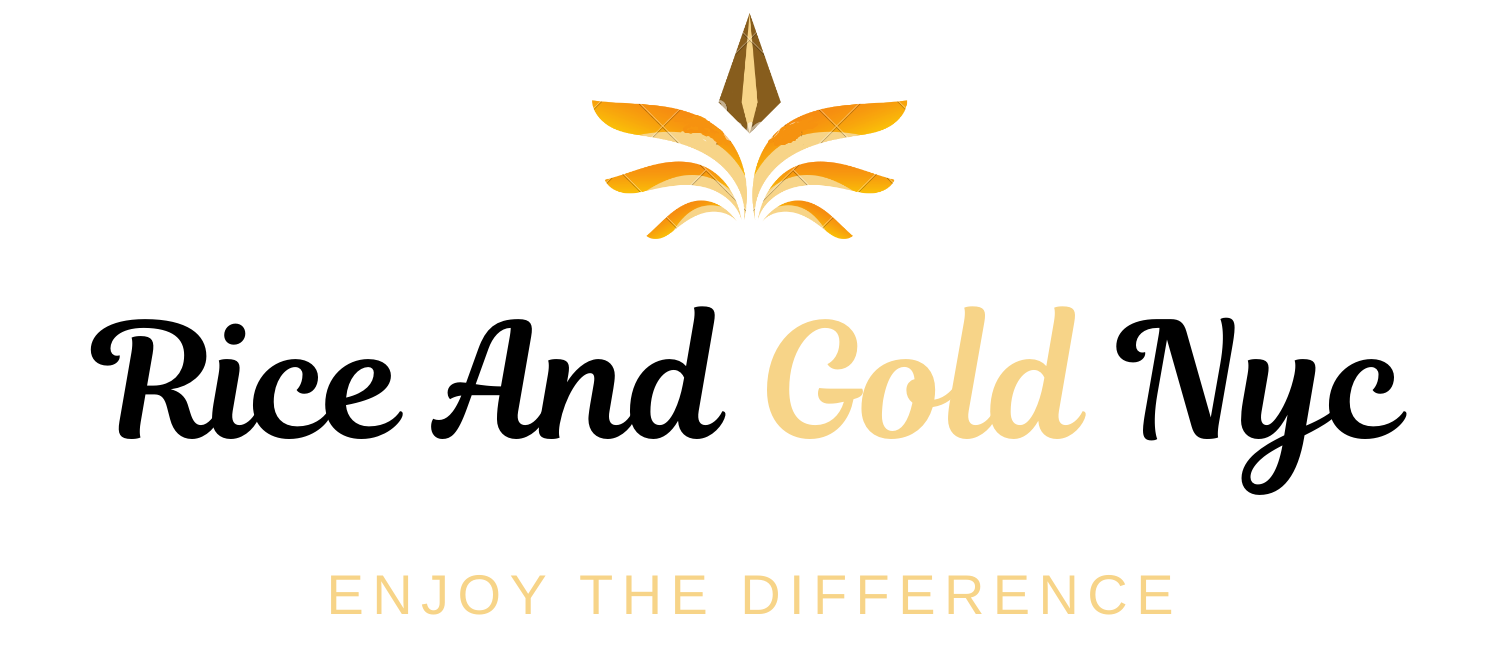When you first bring your new puppy home, it may seem like a cute game to let him chew a bit on your fingers and toes. However, this behavior becomes a lot less cute when your dog gets bigger and the bites get harder. Therefore, it is important to incorporate biting into your puppy training process, by teaching your dog that most types of biting and chewing are inappropriate. Puppy biting training should begin as soon as your pup leaves his litter and comes home to live with you. This will ensure that the puppy training for biting that he has learned from his littermates will continue on with his new owner you.

How Puppy Training for Biting is Done within the Litter
If you are a dog lover, then you don’t need to know about the process that involves puppy training where the pup is taught manners and etiquettes in order to get mixed with the entire family in a civilized manner and if you want to train him in such a manner that he wouldn’t unnecessarily bite other people, then you can stop by and read review given below so that things turn out smooth in the end.
Puppy training for biting begins in the early days of life and is completed between the littermates. When puppies chew on one another, one pup will let another know when the bite becomes painful by yelping and moving away. Throughout this process, your puppy will learn that while chewing is an acceptable way to explore his world and play, biting hard is inappropriate and will be met with consequences. You can continue the puppy biting training at home with the same method. When your puppy chews on your fingers or toes, yelp at your pup or respond with a loud, Ouch! This response needs to be loud and sudden enough to startle your pup, but not enough to really scare him. Once you have your dogs attention, walk away from him. This will quickly teach your dog that biting is unacceptable.

How to Train your Puppy not to Bite Inappropriate Objects
The puppy training for biting will also work effectively in teaching your dog what he can and cannot chew on. This aspect of puppy training for biting will involve your undivided attention, but it will be well worth the time and effort spent in the long run. The key here lies in your ability to catch your puppy in the act of chewing, since physically removing him from an undesirable activity will be the best means of training. When you see your pup chewing on something inappropriate, like your shoe or the living room sofa, give your pup a firm, No! and offer a toy for him to chew on instead. With enough repetition and consistency in this process of puppy biting training, your dog will learn what he is allowed to chew on (toys) and what he is not (you or your possessions). When you wont be available to watch your pup for a period of time, confine him to his crate with a chew toy or two until you are able to watch him closely again. Puppy training for biting can be a long process that requires plenty of patience and consistency on your part. However, a dog that will not bite in nearly all circumstances will make your time and effort well worth your while. And Your House In Order Now Uncover Practical And Easy To Use Tips

